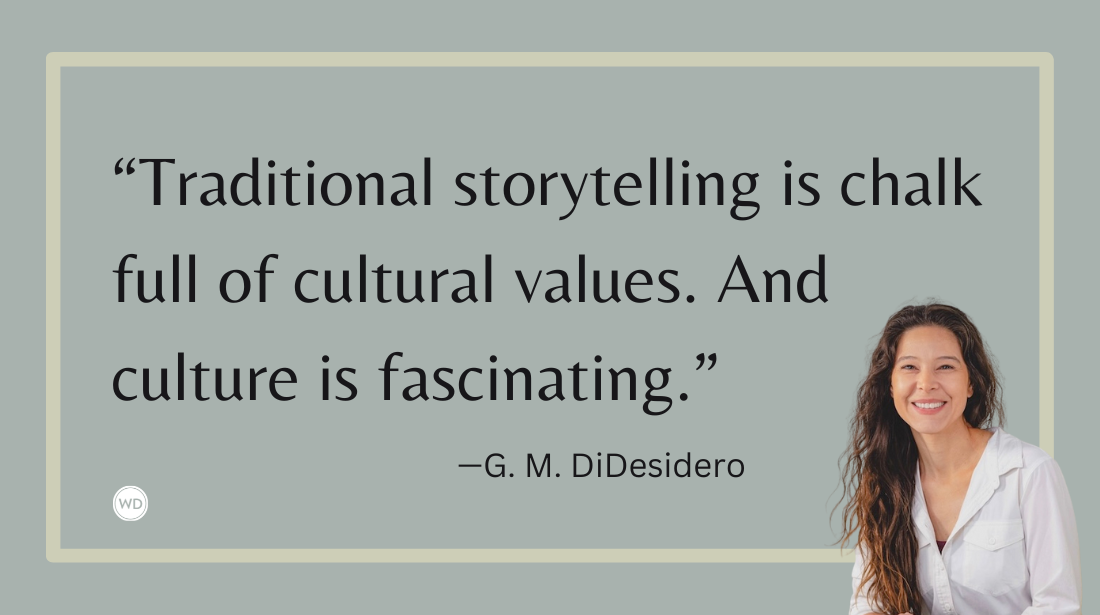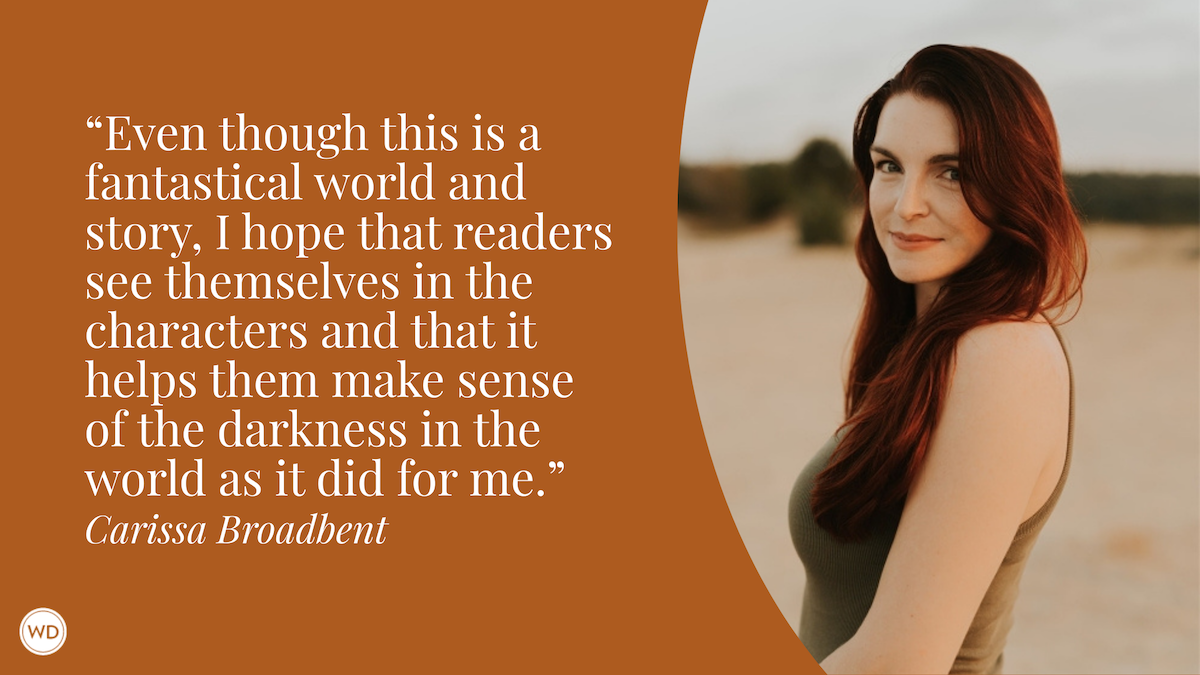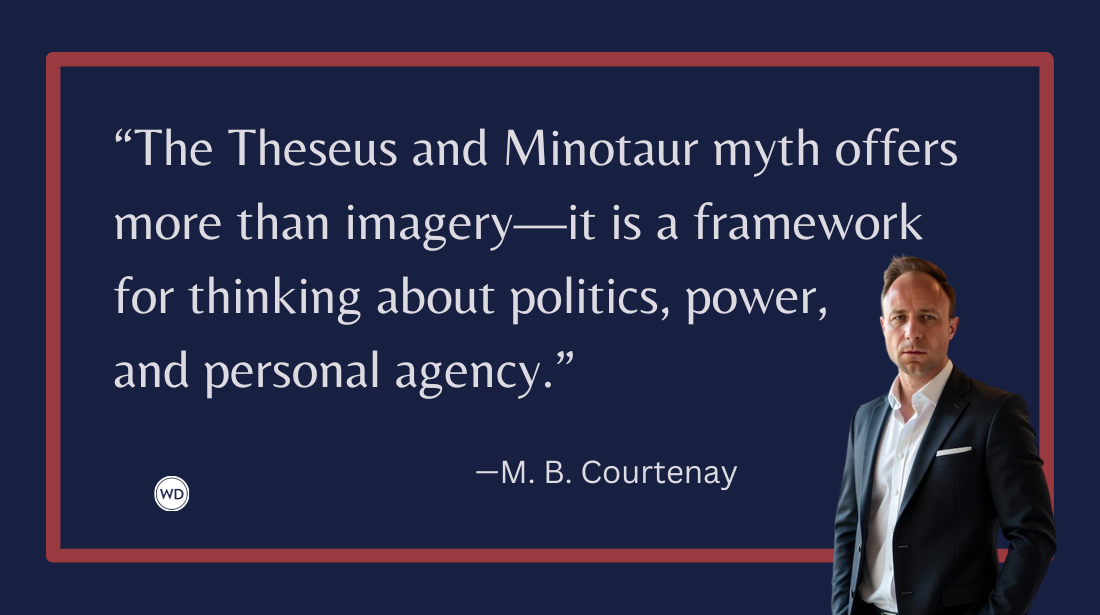Real vs. Reel (Grammar Rules)
Learn when to use real vs. reel with Grammar Rules from the Writer’s Digest editors, including a few examples of correct usages.
What's real and what's reel? These homophones both sound really similar (okay, exactly the same), but they're both really different. One is used mostly as an adjective or adverb, while the other is typically a noun or verb.
So let's look at the differences of real and reel.
Real vs. Reel
Real is often used as an adjective to indicate something is genuine (that is, not artificial or fake), factual, practical, permanent, or essential. It can also be used as a noun in mathematics or as an adverb as a synonym for the word "very."
Reel, on the other hand, is mostly used as a noun and verb. As a noun, reel usually refers to the thing that holds something (like thread, line, or film) that winds around it. As a verb, reel is the action of winding something on a reel (the noun), moving in circles (like a circular reel would), and/or to waver (as if hit) or behave in a violent way (reeling back to throw a fast pitch).
One additional noun meaning for reel is to refer to a type of Scottish-Highland dance and/or the music played for such a dance.
Make sense?
Here are some examples:
Correct: She wanted a real iPhone, not an imitation.
Incorrect: She wanted a reel iPhone, not an imitation.
Correct: He handed over the reel of film for the schlock movie night at the theater.
Incorrect: He handed over the real of film for the schlock movie night at the theater.
A person could use a real reel to reel in a real big fish. But this is how I used to remember when to use which word. Real with an "a" is the "actual thing."
*****
No matter what type of writing you do, mastering the fundamentals of grammar and mechanics is an important first step to having a successful writing career.









